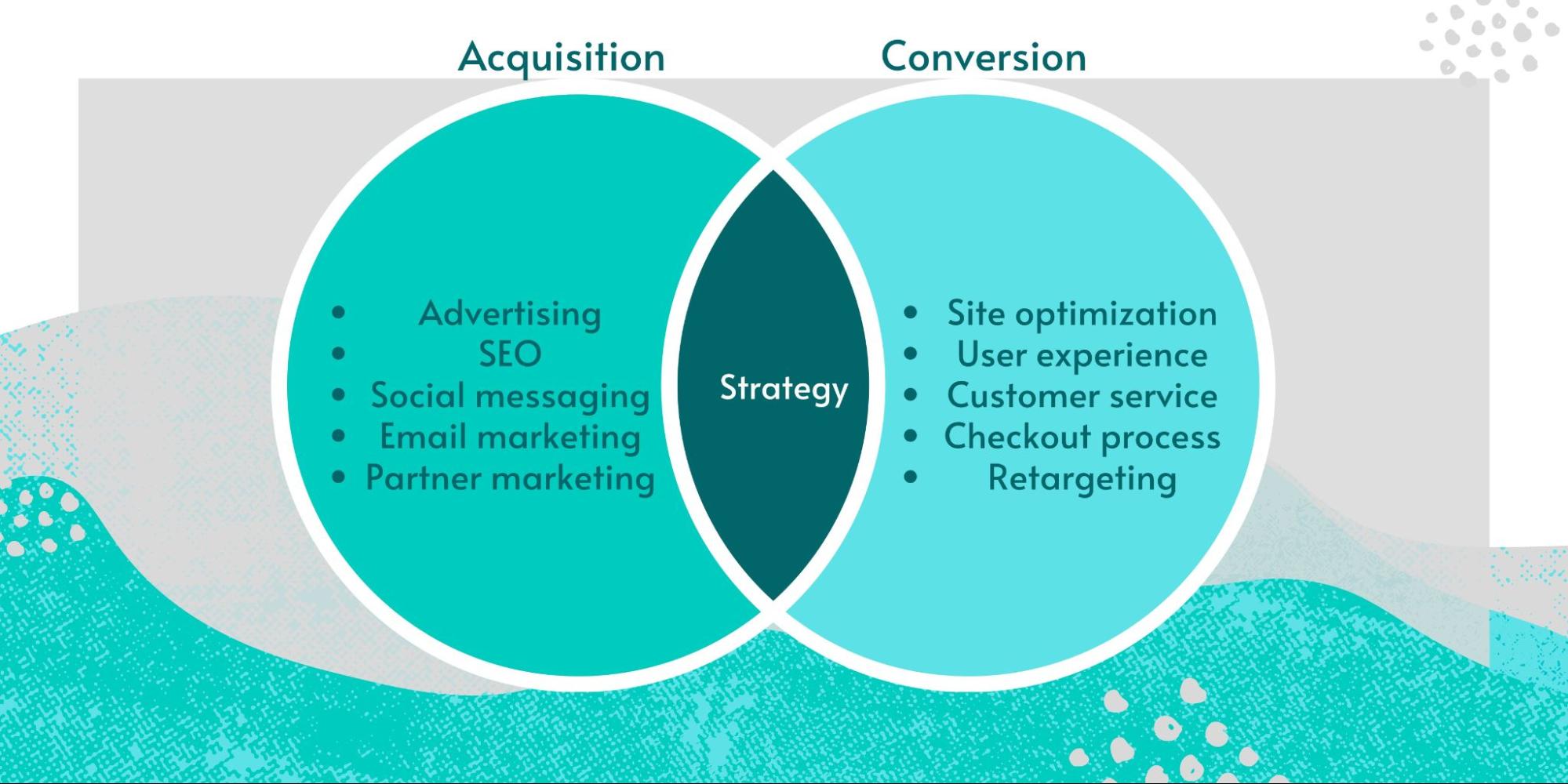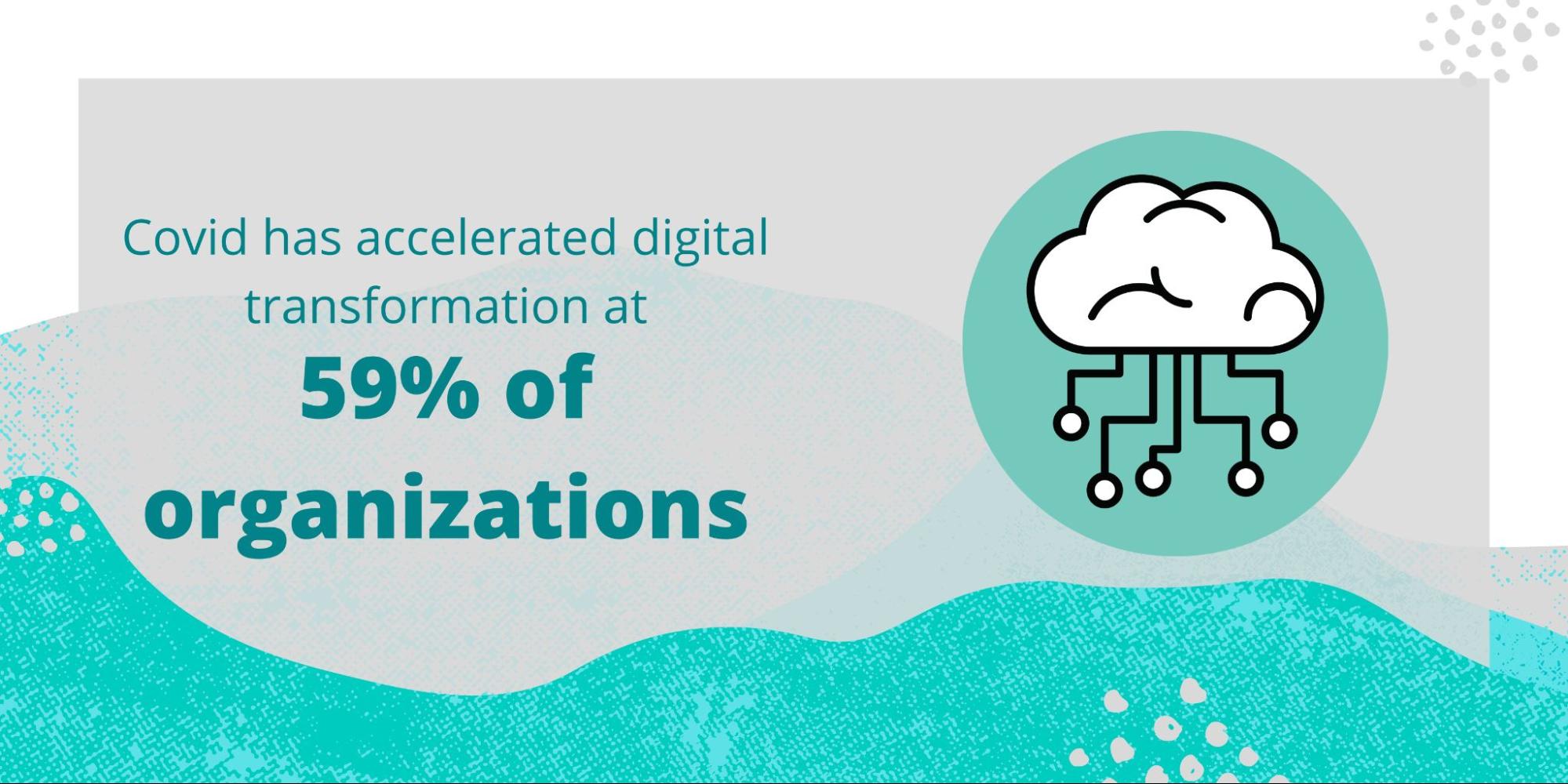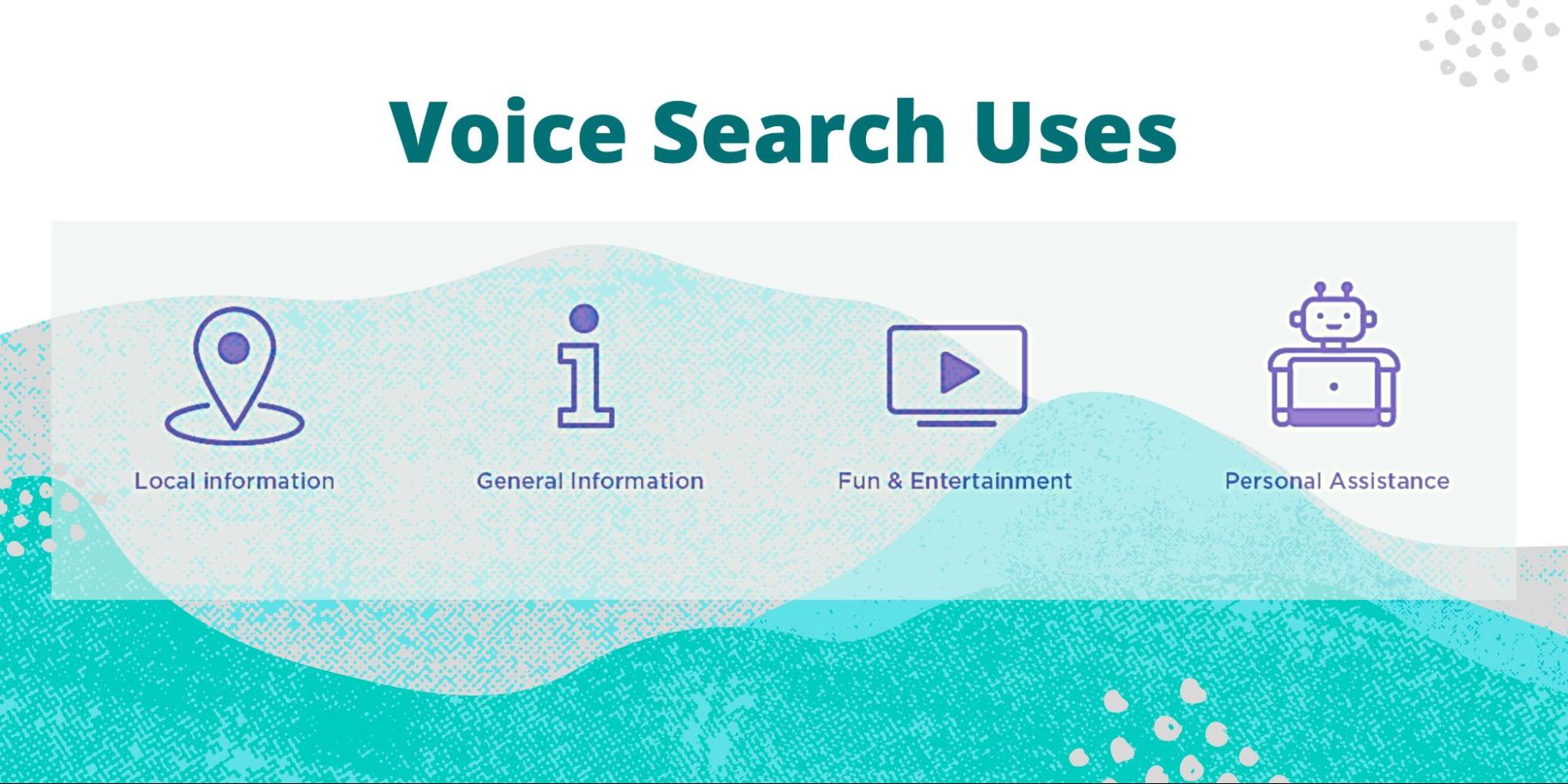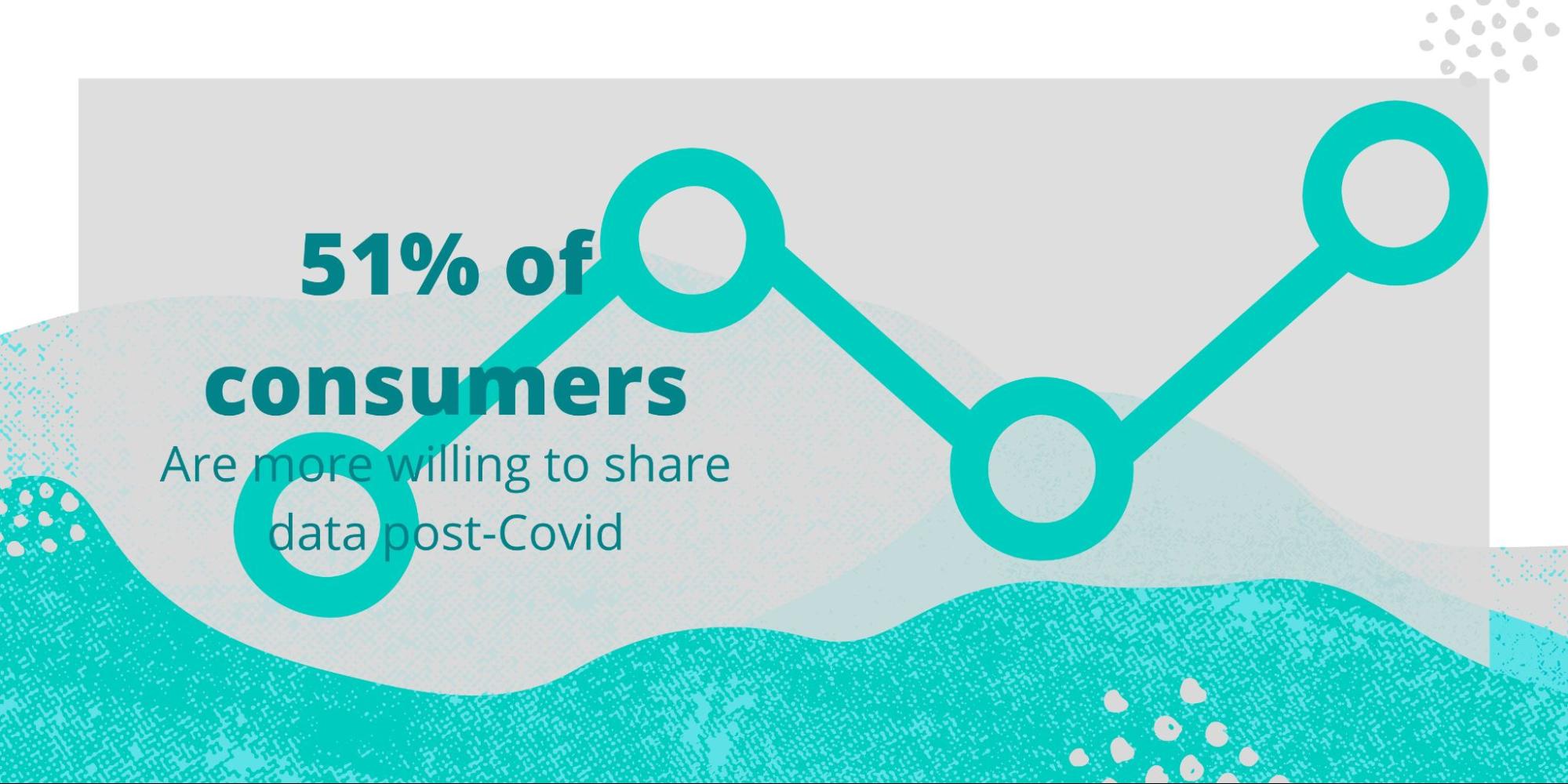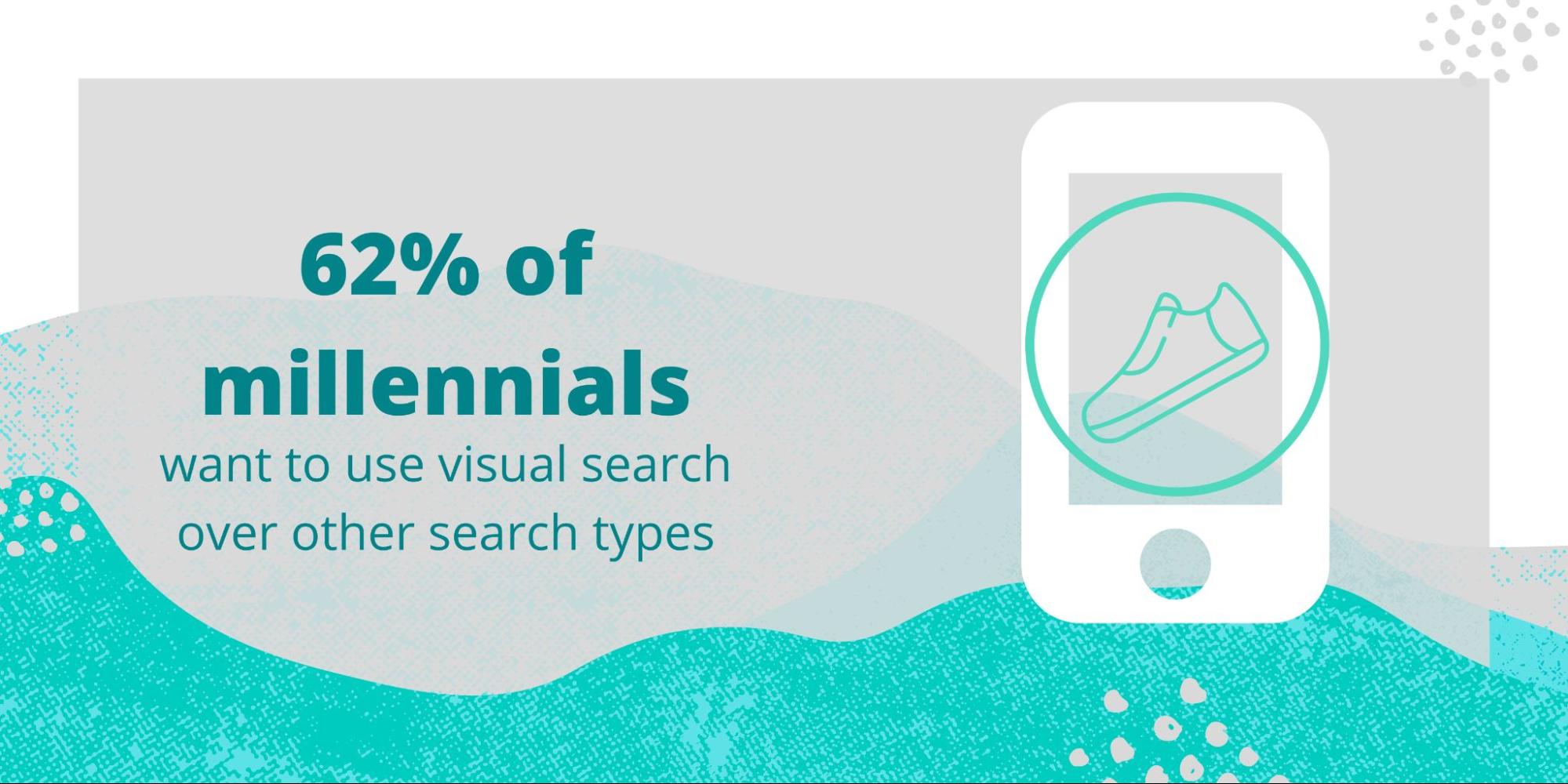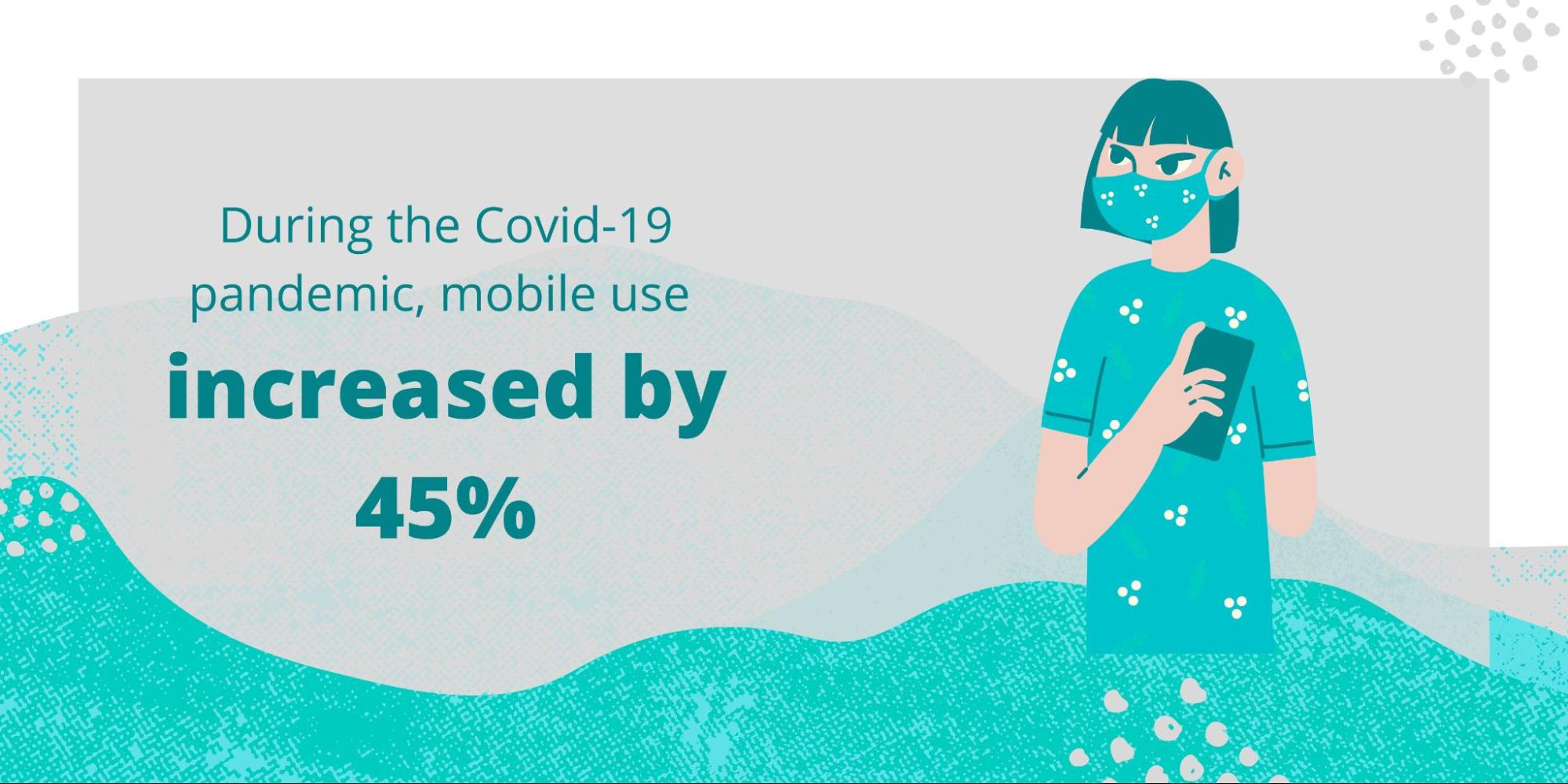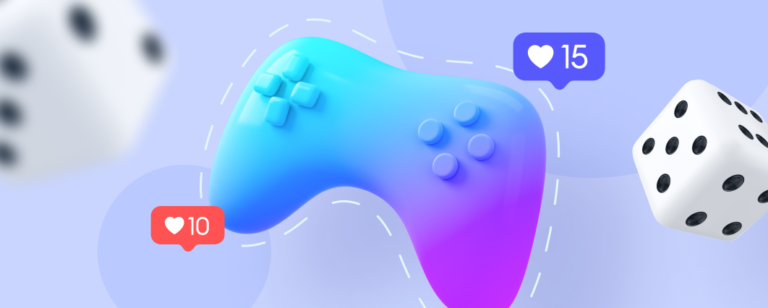What Is a Customer Acquisition Funnel?
The customer acquisition funnel is a useful way of visualizing the customer journey, from the buyers’ first encounter with your brand all the way to conversion and beyond.
Its shape represents the large number of potential customers who become aware of a brand and the way they filter down to a smaller – but higher quality – number of actual customers.
The customer acquisition funnel is primarily concerned with bringing on new leads and guiding them toward making a purchase. It can help marketers form strategies tailored to the consumers’ needs at each stage of the journey.
Knowing Your Customer Acquisition Funnel
Before you can transform your acquisition funnel for 2022, you need to get comfortable with how it works and what it represents. Start by sketching out a funnel shape – wide at the top and narrow at the bottom. Then, divide your funnel into the following sections:
Awareness
The buyer journey begins sooner than you might think, with consumers entering the sales funnel as soon as they become aware of your brand.
This could be the moment they see an advert for your product or find your name at the top of their search results page. Your business needs to understand where organic awareness of your brand comes from and invest in these channels.
It’s never too early to start building customer loyalty, so use those initial touchpoints, such as social media adverts or guest blog posts, as an opportunity to let your values shine.
Consideration
The funnel narrows as it reaches the second stage: consideration. Not everyone who becomes aware of your brand will reach this stage, but those who do will be higher-quality leads.
At this stage, customers are keen to learn more about your products and make a value judgment as to whether they want to purchase from you. Your goal is to optimize the onsite experience, demonstrating value at every step of the consideration process.
The key to this is thorough and well-presented information, ensuring that customers’ questions are answered without overburdening them. Prioritize visual appeal and key features that will capture buyers’ imaginations.
Acquisition
Once consumers click “buy”, they have officially converted into customers.
At this point, your goal shifts to customer retention. Ensure the checkout process is smooth and reassuring, then follow up with a “thank you” landing page or email, offering a discount on their next purchase.
You can also use your new customers as an inroad to new acquisitions i.e. set up a referral program and let your customers bring fresh buyers to the top of your acquisition funnel.












